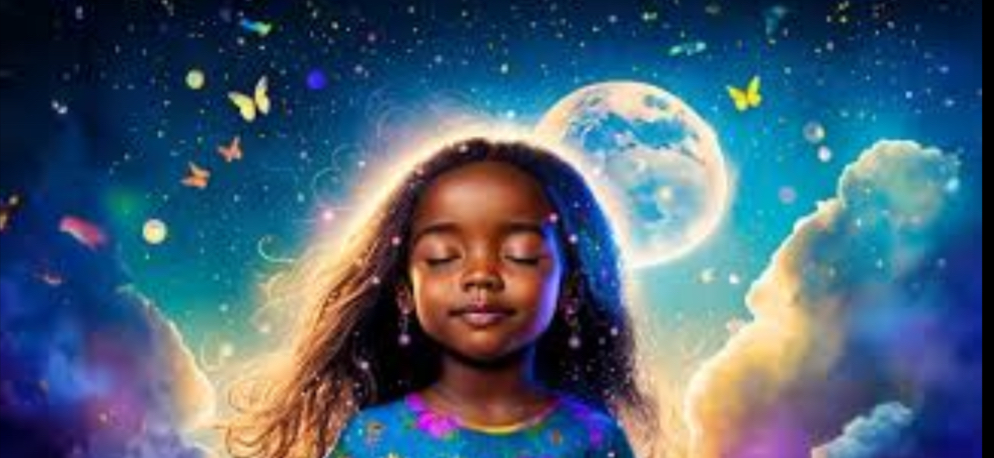
In the past decade, artificial intelligence has made significant strides in the creative world, generating artwork that rivals human-made pieces. While some see this as an exciting advancement, others worry that AI-generated art undermines creativity, originality, and the livelihoods of traditional artists. As technology rapidly evolves, society must ask: does AI art expand artistic possibilities, or is it simply an imitation of human creativity?
AI-generated art is created using machine-learning algorithms trained on vast datasets of existing artworks. These systems analyze patterns, styles, and techniques, then generate new images based on learned information. While the results can be visually stunning, many argue that AI lacks the emotional depth and intention that define true artistry.
“Art is about the human experience—our emotions, struggles, and perspectives,” said Maria Lopez, a painter from Los Angeles. “AI can replicate brushstrokes, but it can’t replicate the soul behind them.”
On the other hand, some artists welcome AI as a tool rather than a replacement. Digital illustrator Jake Reynolds believes AI can enhance creativity rather than stifle it. “I use AI to brainstorm ideas and explore compositions I might not have thought of on my own,” he explained. “It’s like having an assistant who helps you see new possibilities, but in the end, the final touch is still human.”
Another pressing concern is the ethical issue of copyright. AI programs generate images by analyzing existing artworks, often without the original artists’ consent. This has led to lawsuits and calls for stricter regulations to protect creators. “Many of us have found our work being used without permission,” said sculptor and activist Nina Patel. “If an AI is trained on thousands of paintings, including mine, and then produces something ‘new,’ should we not get credit?”
Despite these concerns, AI-generated art is gaining popularity in galleries, NFT markets, and even major competitions. In 2022, an AI-generated artwork titled Théâtre D’opéra Spatial won first place at the Colorado State Fair’s digital art competition, sparking outrage among human artists. Critics argue that AI lacks the ability to make intentional creative decisions, while supporters claim it is simply another medium, like photography or digital painting.
As AI continues to develop, the debate over its role in art will only intensify. While technology can push the boundaries of creativity, it is up to society to decide how much we value human expression over machine-generated perfection. “AI is a tool, but art is human,” Lopez said firmly. “We shouldn’t forget that.”
The growing presence of AI in the art world raises broader questions about the definition of creativity itself. Can something be considered “art” if it is generated without emotion, personal experience, or intention? Traditionalists argue that art is inherently tied to human consciousness—an expression of thoughts, emotions, and cultural experiences. However, AI advocates counter that art has always evolved with technology.
Some students worry that AI-generated art could devalue human-made creations. “If machines can produce art instantly, what’s stopping people from overlooking the effort artists put into their work?” questions Nguyen, a junior. “It might make it harder for real artists to get the recognition they deserve.”
Beyond the artistic debate, the rise of AI-generated content also has financial implications. Some fear that AI will devalue human-made artwork by flooding the market with cheap, easily produced images. “When people can generate high-quality digital paintings in seconds, the demand for human artists could decline,” warned freelance illustrator Sophie Cheng. “Why pay for a commission when a program can do it instantly for free?” This concern is especially pressing for independent artists who rely on commissions and digital sales to make a living.
In response, some artists and organizations are pushing for ethical guidelines and legal protections. Proposals include requiring AI-generated works to be labeled as such, ensuring proper attribution if AI is trained on existing works, and even establishing financial compensation for artists whose work is used in AI datasets. “We’re not against technology,” said Patel, the sculptor and activist. “We just want fairness and transparency. If an AI is trained using my artwork, I should have a say in how it’s used.”
Despite these challenges, many believe that human creativity will always have an irreplaceable role in the arts. While AI can mimic styles and generate impressive images, it cannot create from lived experience, personal emotions, or deep cultural understanding. That uniqueness, many argue, is what makes human art so valuable.
“AI can generate images and music, but it lacks the emotional depth that comes from human experiences,” says Rodriguez, a senior art student. “Art is more than just patterns; it’s about conveying feelings and stories.”
As AI technology continues to advance, the balance between innovation and ethical responsibility must be carefully navigated. If history has taught us anything, it’s that art will continue to evolve—but so too must our understanding of what it means to be an artist. “AI can generate art,” said Lopez, “but it can’t dream, it can’t feel, and it can’t tell a human story. That’s something only we can do.”